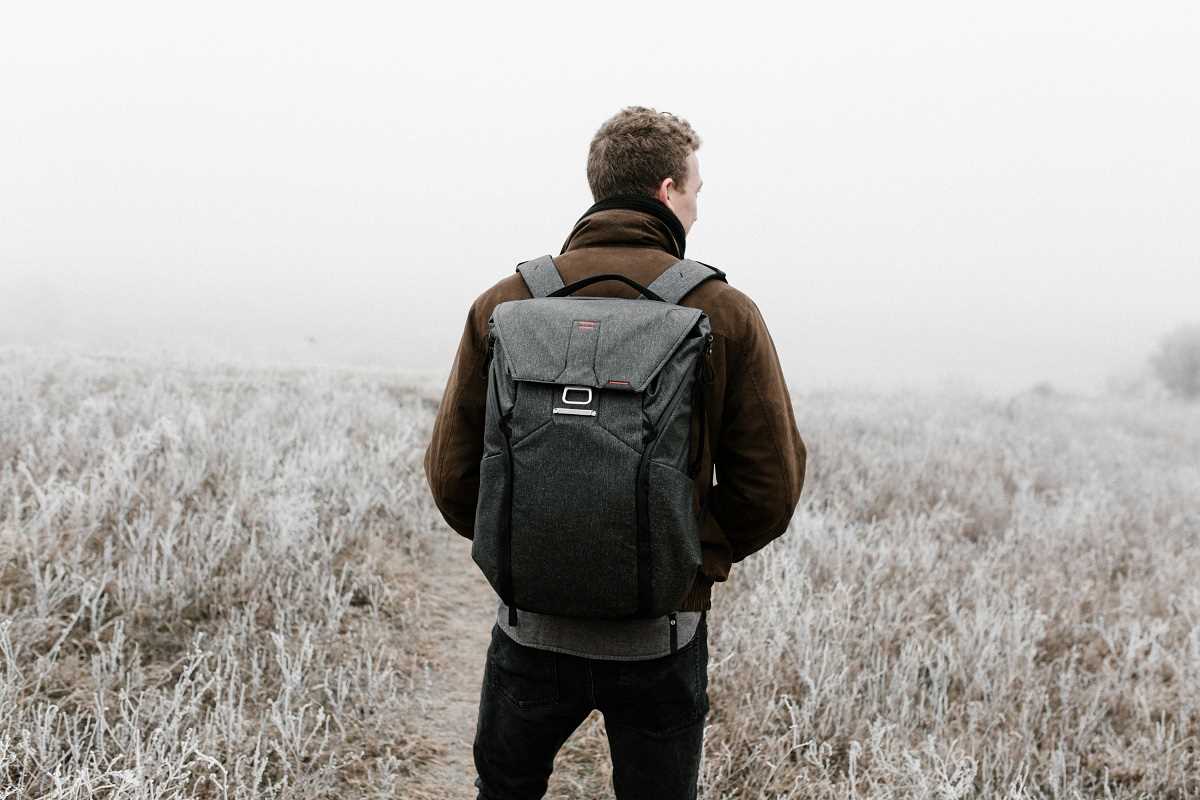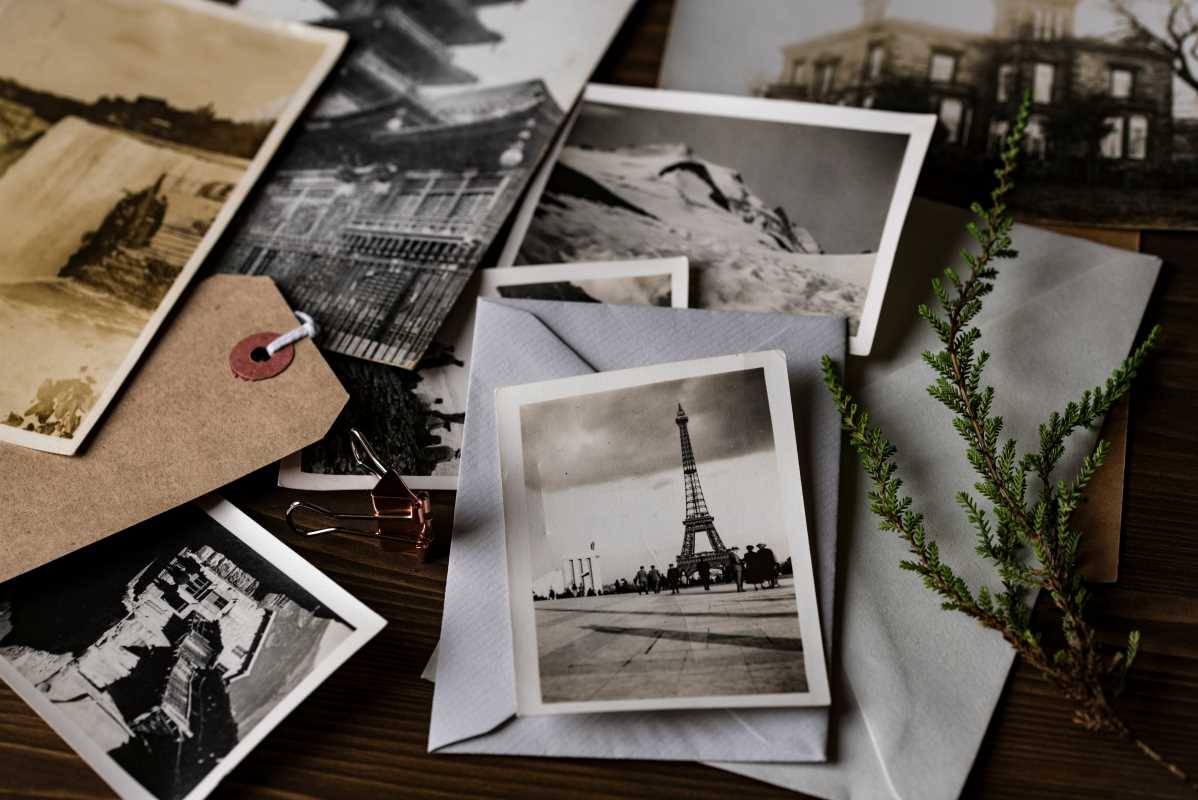There's nothing quite like the thrill of taking on the great outdoors. Whether you're hiking through rugged mountains, camping in a snowy forest, or just going for a morning run, the right gear can mean the difference between an epic adventure and a miserable outing. If you're reading this, chances are you're a guy in your thirties who’s ready to take your love of the outdoors to the next level—or maybe you're just sick of being caught in the rain without the right jacket.
Whatever the case, this guide will walk you through how to conquer any weather or terrain with the right outdoor gear. From scorching summer hikes to bone-chilling winter camping trips, we've got you covered. Literally.
Why the Right Gear Matters
Before we get into specific recommendations, let's talk about why outdoor gear is such a big deal. Sure, you can probably get away with wearing your regular sneakers on a mild-weather trail or tossing on a hoodie when the temperature drops. But the moment you’re caught in a sudden downpour, your feet are throbbing from bad shoes, or you're shivering in the middle of the woods, you'll wish you’d invested in proper outdoor gear.
The right apparel and equipment:
- Keeps you comfortable no matter the weather.
- Protects you from dangerous elements (like hypothermia or sunburn).
- Helps you perform at your best, whether you’re hiking, climbing, or simply stargazing.
- Lasts longer and can save you money in the long run compared to cheap alternatives.
Think of your gear as an extension of yourself—taking on any climate becomes a whole lot easier with the right tools.
Layering Basics for Every Climate
No matter the weather, mastering the art of layering is critical when you're outdoors. A well-thought-out layering system consists of three essentials:
1. The Base Layer: Wicks Away Sweat
The key to staying comfortable in any climate is moisture management. That’s where your base layer comes in. It's designed to pull sweat away from your skin and help regulate body temperature.
Warm Weather: A lightweight, short-sleeve synthetic or merino wool shirt will keep you cool. Wool might sound like a winter material, but trust me, merino wool is a game-changer. It’s breathable and doesn’t stink after long use.
Cold Weather: Opt for a long-sleeve thermal or midweight wool base layer. Avoid cotton—it soaks up sweat, and once wet, it’ll leave you freezing.
2. The Middle Layer: Keeps You Warm
Think of this layer as your insulation. It traps warmth close to your body and acts as a buffer between your base and outer layers.
Warm Weather: You might not need a middle layer unless temperatures drop quickly in the evening. A lightweight fleece works well for cool summer nights.
Cold Weather: A puffy jacket filled with either down or synthetic insulation (like PrimaLoft) is your best friend here. Both keep you warm, though synthetic handles damp conditions better.
3. The Outer Layer: Shields You from Wind and Rain
The outer layer, or shell, is all about protection. It repels water, blocks wind, and ensures your other layers can do their job.
Features to Look For:
- Waterproof or water-resistant materials (hello, GORE-TEX).
- Adjustable hoods to weatherproof yourself completely.
- Zippered vents for breathability.
Pick a lightweight rain jacket for warm climates or an all-weather hardshell for colder, wetter months.
Gear for Summer Adventures
When the sun’s blazing and the forecast promises clear skies, you might think summer adventures are a walk in the park. But scorching heat, sweat, and UV exposure can still pose a challenge if you’re not prepared.
Clothing
- Moisture-Wicking Shirts and Shorts to stay comfortable and dry.
- Sun-Protective Clothing: Look for UPF-rated long-sleeves if you’ll be in direct sunlight.
- Lightweight Hat: Shade your face and neck.
Footwear
Breathable hiking sandals or lightweight trail shoes with good grip are essential. Don’t forget moisture-wicking socks to avoid blisters.
Accessories
- Sunglasses with UV protection.
- Hydration Pack or Water Bottle: Dehydration sneaks up fast, especially in hot weather.
- Sunscreen and Lip Balm with SPF—don’t overlook your lips!
Pro Tip: Invest in a portable solar charger to keep your phone and devices juiced up if you’re off-grid.
Gear for Winter Warriors
Heading outdoors in the middle of winter takes some extra preparation, but with the right setup, you can laugh in the face of sub-zero temperatures.
Clothing
- Thermal Long Johns and Base Layers for body warmth.
- Insulated Jacket (down or synthetic) to keep cold air out.
- Waterproof Pants: Because wet snow = misery.
- Gloves and Hats: Losing heat through your hands and head can drain your body's energy fast.
Footwear
Heavy-duty, insulated, waterproof boots are non-negotiable. Add in wool socks (plus a spare pair) for extra warmth.
Accessories
- Gaiters: These cover the tops of your boots and keep snow, slush, or mud from creeping in.
- Hand Warmers: Throw them in your gloves or boots for instant heat.
- Headlamp: Shorter daylight hours mean you’ll likely need extra light.
Pro Tip: Pack a thermos of hot coffee or tea—it’s like carrying a pocket-sized furnace.
Gear for Wet and Rainy Weather
Rain doesn’t have to ruin your outdoor plans if you come prepared for some soggy conditions.
Clothing
- Rain Jacket with a Hood (bonus points for pit zips to keep you cool).
- Quick-Dry Pants instead of cotton jeans.
Footwear
Waterproof boots are a must. If there’s heavy mud, consider hiking boots with a solid tread.
Accessories
- Waterproof Dry Bags: Keep your electronics, snacks, or clothing from getting soaked.
- Lightweight Umbrella: Sure, you’re hardcore, but staying dry = staying comfortable.
Pro Tip: A microfiber towel can come in handy for drying off wet gear (or yourself).
Survival Must-Haves (No Matter the Weather)
Here’s a checklist of essentials every guy should have in their pack, no matter where you’re headed:
- First Aid Kit: Accidents happen.
- Knife or Multi-Tool: For cutting, repairing gear, and other emergency needs.
- Maps & Compass: Especially for spots with no cell service.
- Snacks: Trail mix and energy bars are lifesavers.
- Emergency Blanket: Adds warmth and keeps you visible if things go south.
Building Your Gear Arsenal on a Budget
Quality outdoor gear doesn’t have to break the bank. Check out these tips to save while still investing in high-performing equipment:
- Buy Off-Season: Shop for cold-weather items in summer and vice versa.
- Check Out Secondhand Stores: Online platforms like REI’s Used Gear section and sites like GearTrade are gold mines.
- Prioritize Key Investments: Splurge on items like jackets and boots, where quality directly impacts performance. Save on accessories.
You don’t need to be a gear junkie to conquer any climate—you just need to make smart choices about what’s in your pack. Whether you're tackling rainy hikes, snowy camping trips, or sunny beach trails, the right gear will make your adventures not just bearable but genuinely enjoyable.
Now, grab your kit and get out there—you’ve got a whole world waiting to be explored. Just don’t forget your sunscreen!
 (Image via
(Image via





